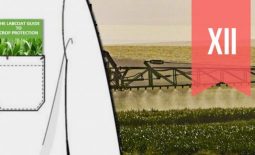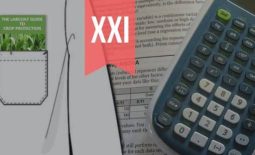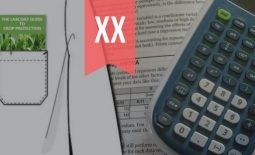BioPesticides, PART II: A Definition Of Success
In this second article of a series on BioPesticides, I address issues I experience mediating biology to technology-focused corporate decision-makers, with focus on the definitions commonly used in Biological Crop Protection.
A little about my background
I am a plant scientist with a background in Molecular Plant Biology and Crop Protection. 20 years ago, I worked at Copenhagen University on photosynthetic responses to stress in crops. Subsequently, I worked in Australia on molecular defense mechanisms induced by Phylloxera attack in grapevine.
At that time, biology-based crop protection strategies had not taken off commercially, so I transitioned to conventional (chemical) crop protection R&D at Cheminova, later FMC.
During this period, public opinion, as well as increasing regulatory requirements, gradually closed the door of opportunity for conventional crop protection strategies, while the biological crop protection technology I had contributed to earlier began to reach commercial viability.
From January 2018, I will consolidate 17+ years of industry experience in BioScience R&D management with my academic research background, to provide independent Strategic R&D Management as well as Scientific Development and Regulatory support to AgChem & BioScience organizations developing science-based products.
For more information, visit BIOSCIENCE SOLUTIONS – Strategic R&D Management Consultancy.
Biologicals in Crop Protection
Global human population growth is around 75 million annually, and estimates place our total population at over 9 billion by mid 2050. The logistical issues are not only the projected 9 billion people, but also the estimated hundred billion head of livestock we will need to feed to maintain our current consumption standards.
In order to provide sufficient crop resources, new and innovative crop protection strategies are constantly being developed and implemented. These include formulation and application innovations for conventional pesticides (herbicides, insecticides and fungicides) as well as the development and application of economically viable agricultural Biologicals.
Without crop protection strategies, we would risk losing almost half of our overall crop production to insects, weeds and disease. Plant Protection agents – including BioPesticides – reduce these losses, while Crop Enhancement agents (including BioStimulants and BioFertilizers) contribute to increasing overall crop production.

Agricultural Biologicals classification
Agricultural Biologicals may be classified into three segments: BioPesticides, BioStimulants and BioFertilizers.
BioStimulants and BioFertilizers may be defined as biological substances or microorganisms capable of promoting crop health by increasing the availability of nutrients, or by acting as plant strengtheners and phytostimulants. BioPesticides are pesticides based on microorganisms or natural products.
BioPesticide classes
BioPesticides fall into three major classes:
I) Microbial pesticides
- Entomopathogenic fungi, capable of causing disease in insects (e.g. Beauveria)
- Plant disease control microorganisms (e.g. B. Subtilis bacteria and Trichoderma fungi)
- Beneficial nematodes attacking insects (e.g. Steinernema)
- Entomopathogenic viruses (e.g. Cydia pomonella granulovirus)
- Microbial herbicides (e.g. Streptomyces acidiscabies)
II) Plant-incorporated protectants
PIPs comprise foreign DNA inserted into crop genetic material (GM crops). Their use may be restricted, for example in certain EU countries.
Bacillus thuringiensis, an entomopathogenic disease, functions as an insecticide when its toxin (Bt toxin) is directly incorporated into plants through the use of genetic engineering.
III) Biochemical pesticides
Naturally occurring compounds, including fungal and plant extracts, that control pests, including insects, weeds and plant diseases. Examples include:
- Insect pheromones, attracting insects to traps or disrupting mating cycles
- Insecticidal compounds isolated from microorganisms (e.g. Spinosad)
- Chitosan derived from fungi or crustacean shells, capable of inducing systemic resistance against pathogens and pests
- Plant extracts capable of repelling insects, attracting them to traps or inhibiting fungal pathogens. These include secondary metabolites such as alkaloids, terpenoids and phenolics
- Naturally occurring minerals, such as silicates with biocontrol activity
The BioPesticides segment of Agricultural Biologicals has the fastest growing CAGR (Compound Annual Growth Rate) in this market. Increased regulatory requirements for conventional pesticides, farmer and consumer awareness as well as an increased understanding of BioPesticide efficacy and application are factors driving the growth of this segment.



